In this guide, we’ve curated a selection of the best day trip ideas from Amritsar, ensuring a variety of experiences to suit every taste and interest. So, pack your bags, book your India Trips, and get ready to embark on an unforgettable adventure just a short drive away!
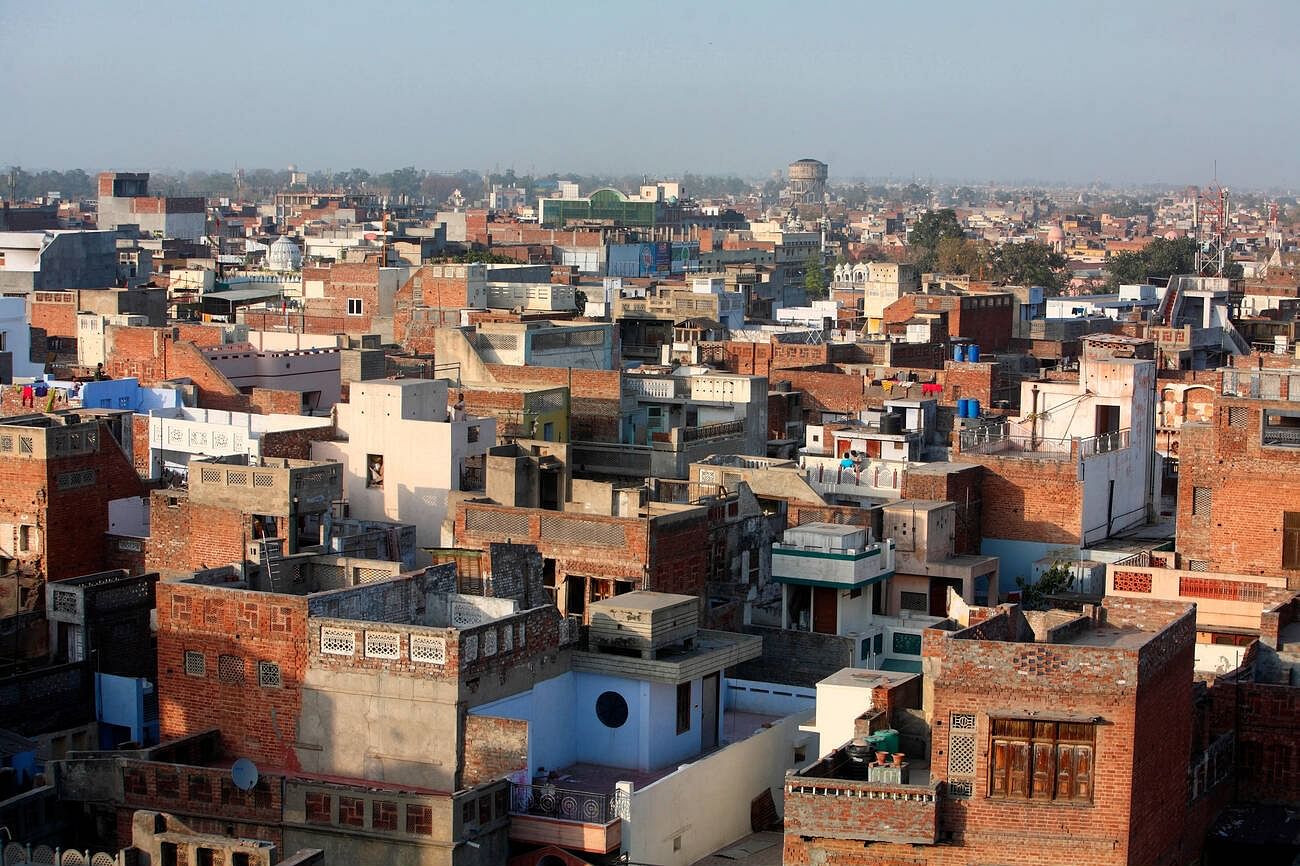
5 Day Trip Ideas From Amritsar- Plan The Journey, Not The Destination
Table of Contents
Table of Contents
- 1. Wagah Border
- History of Wagah Border
- How to reach Wagah Border
- Best time to visit Wagah Border
- 2. Golden Temple
- History of Golden Temple
- How to reach Golden Temple
- Best time to visit the Golden Temple
- 3. Jallianwala Bagh
- History of Jallianwala Bagh
- How to reach Jallianwala Bagh
- Best time to visit Jallianwala Bagh
- 4. Ram Tirath Temple
- History of Ram Tirath Temple
- How to reach Ram Tirath Temple
- Best time to visit Ram Tirath Temple
- 5. Pul Kanjari
- History of Pul Kanjari
- How to reach Pul Kanjari
- Best time to visit Pul Kanjari
- The Journey and the Destination
1. Wagah Border
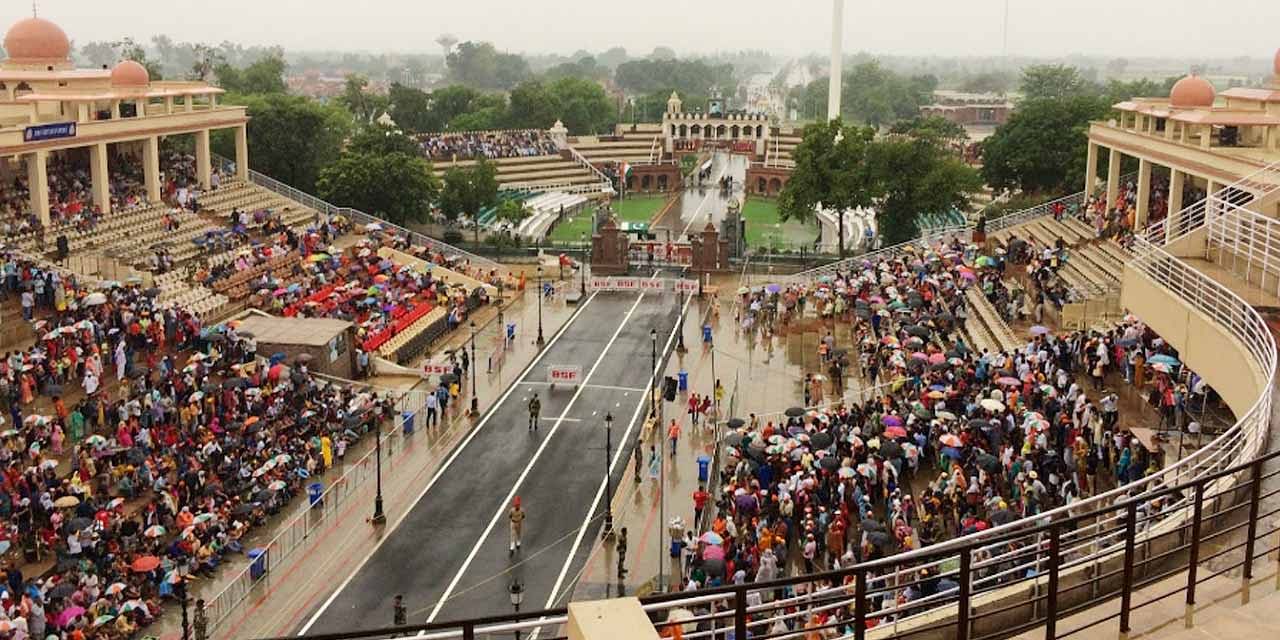
The main event each day is the evening “Beating the Retreat” ceremony. Soldiers from both nations march with precision, performing the ritual of lowering their national flags. As the sun sets, nationalistic enthusiasm peaks, and lights are illuminated, concluding the day with resounding applause. The Wagah Border can be considered one of the great places to visit in Amritsar in one day.
History of Wagah Border
Despite ongoing tensions, the daily ceremony has been conducted by the military since 1959. The Attari-Wagah crossing is also a major entry point to Pakistan.
The ceremony draws a crowd filled with patriotic and enthusiastic Indians, who cheer for the soldiers and sing the national anthem as the event concludes.
How to reach Wagah Border

- By Air: Sri Guru Ram Dass Jee International Airport is the closest airport to the Wagah Border, located 36 kilometres away.
- By Train: The nearest railway station to the Wagah Border is Attari Railway Station, situated 6 kilometres away.
- By Road: The closest bus stop to the Wagah Border is the Amritsar Bus Stand, which is 32 kilometres away.
Best time to visit Wagah Border
2. Golden Temple
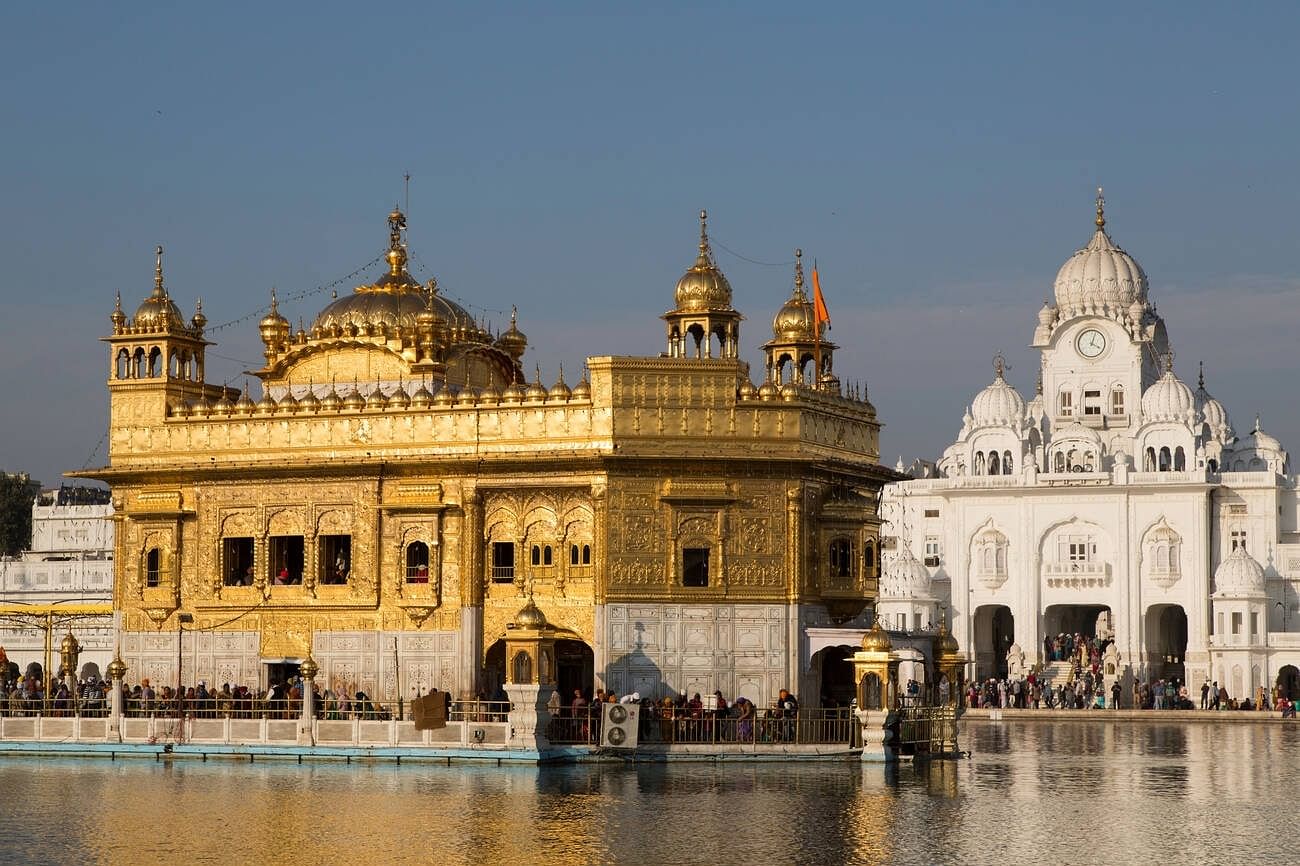
It is a place where individuals of all backgrounds, regardless of caste, creed, or race, can find spiritual solace and fulfilment without any barriers. Additionally, the Golden Temple stands as a representation of Sikh identity, glory, and heritage.
Capturing the essence of the philosophy, ideology, and inner and outer beauty of Sri Darbar Sahib is a monumental task. Experiencing it firsthand transcends mere description.
Probably one the best places to see in Amritsar in one day, the unique Sikh architecture of the Golden Temple, constructed at a lower level than the surrounding land, serves as a lesson in egalitarianism and humility. Its four entrances, welcoming people from all walks of life, symbolise inclusivity and openness.
History of Golden Temple
The concept of establishing a central place of worship for Sikhs was conceived by Guru Arjan Sahib, the Fifth Nanak, who also personally devised the architectural layout of Sri Darbar Sahib. Initially, the proposal to excavate the sacred tank, known as Amritsar or Amrit Sarovar, was outlined by Guru Amardas Sahib, the Third Nanak. However, it was Guru Ramdas Sahib who oversaw its realisation, with Baba Budha Ji providing supervision.
How to reach Golden Temple
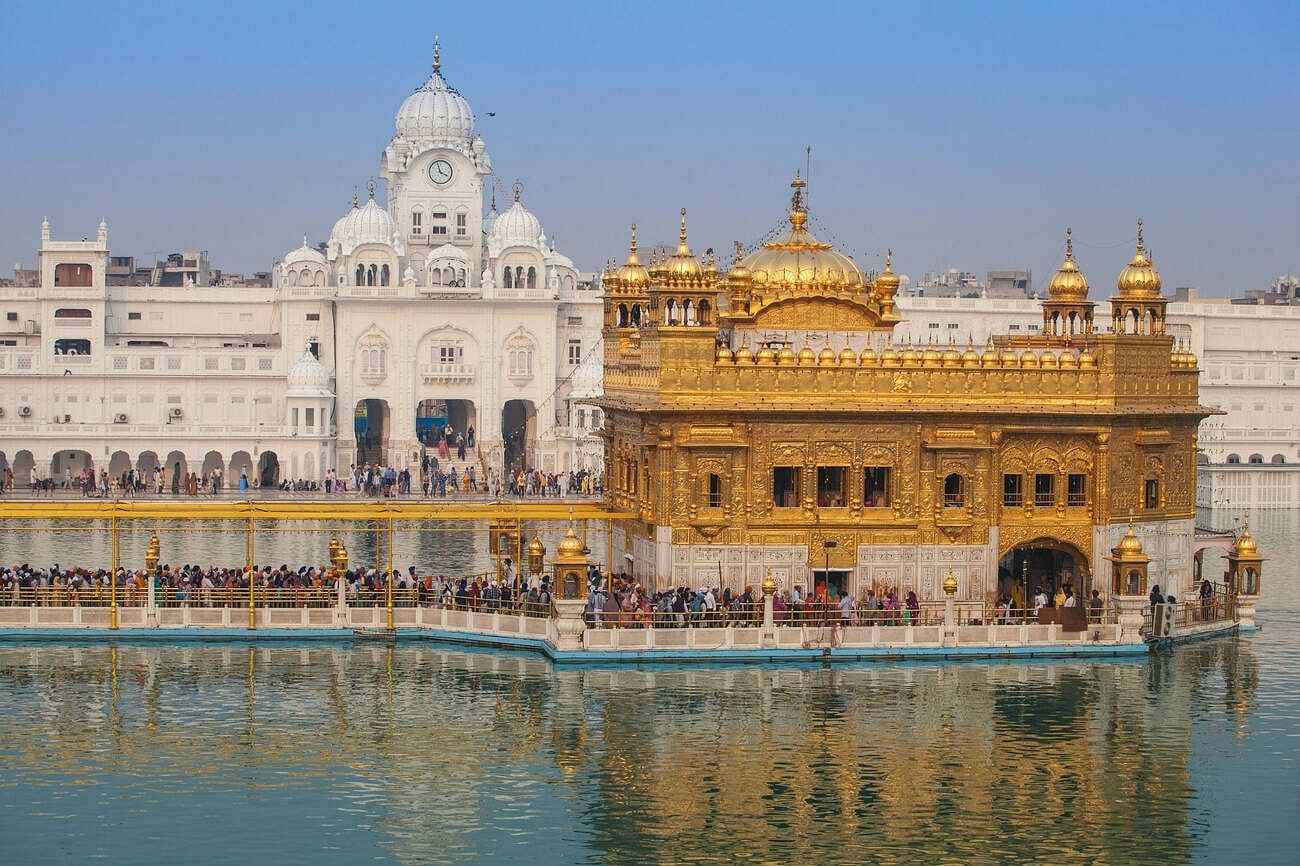
Best time to visit the Golden Temple
3. Jallianwala Bagh
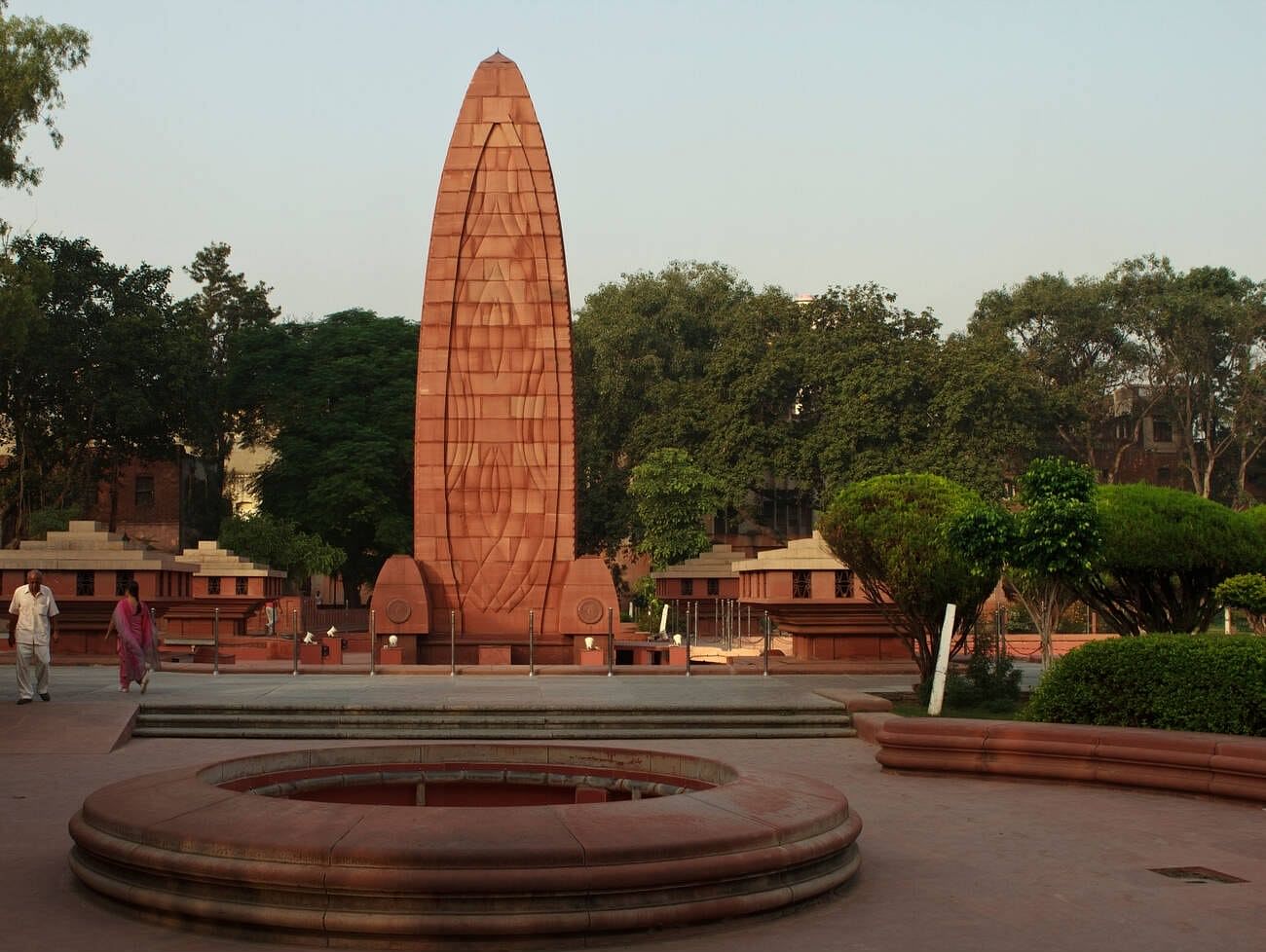
Jallianwala Bagh is one of the monumental places to visit near Amritsar in one day. A preserved section of the wall, still bearing bullet marks, and the memorial well, where some people jumped in a desperate attempt to escape, are significant features of the site.
History of Jallianwala Bagh
The aftermath of World War I had left India grappling with widespread effects. Punjab, in particular, faced severe challenges due to inflation, heavy taxation, and the loss of its young men serving in the British army. These issues, among others, led to continuous conflicts and protests against British rule. As the unrest grew, Brigadier-General Reginald Dyer was called in to restore order.
General Dyer immediately issued an order banning public meetings and gatherings. Unaware of this directive, people were preparing to celebrate Baisakhi on that ill-fated day, resulting in more than 10,000 individuals gathering in Jallianwala Bagh.
Upon hearing of the gathering, General Dyer led his troops to the park and blocked the only exit. He then ordered his men to open fire on the unarmed crowd, which included men, women, and children, leaving them with no way to escape. The shooting lasted for about ten minutes, ceasing only when the soldiers ran out of ammunition.
Many people, in a desperate attempt to save their lives, jumped into a nearby well filled with water. Tragically, 120 bodies were later recovered from the well. The British reported that 379 people were killed, but the Indian National Congress estimated that the death toll was at least 1,500, based on the amount of ammunition used.
The Jallianwala Bagh massacre sparked numerous freedom movements and eventually contributed to the end of British rule in India. The Jallianwala Bagh is a must-visit place if you want to step back in time as it is one of the most historical places in India.
How to reach Jallianwala Bagh
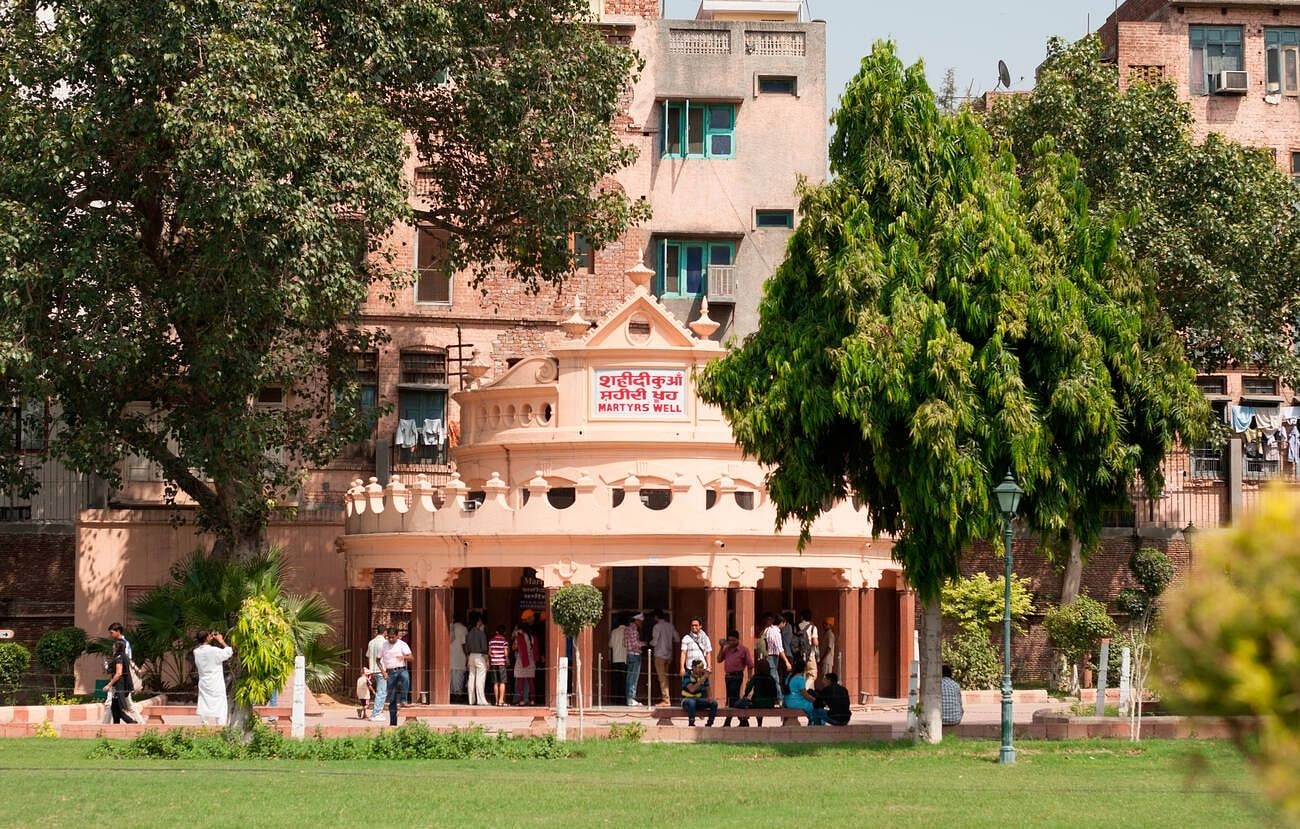
- By Air: The closest airport to Jallianwala Bagh is Sri Guru Ram Dass Jee International Airport, located 13 kilometres away.
- By Train: The nearest railway station to Jallianwala Bagh is Amritsar Railway Station, which is 2 kilometres away.
- By Road: The closest bus stop to Jallianwala Bagh is Amritsar Bus Stand, situated 1.7 kilometres away.
Best time to visit Jallianwala Bagh
4. Ram Tirath Temple
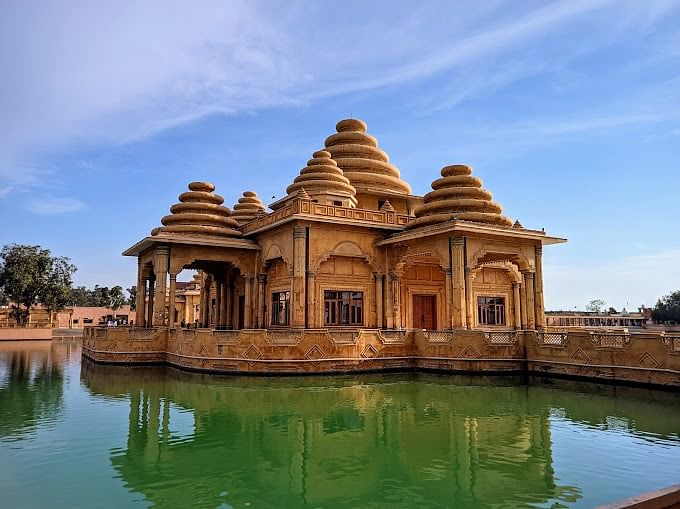
The Bedis of Punjab, including Guru Nanak Dev, the founder of Sikhism, trace their lineage to Kush, while the Sodhis, including the tenth Sikh Guru, Guru Gobind Singh, trace theirs to Luv. A four-day fair, held since ancient times, begins on the full moon night in November. Sixteen kilometres west on Chogawan Road is Ram Tirath, which commemorates Maharishi Valmiki Ji’s heritage.
History of Ram Tirath Temple
The temple features a hut marking the birthplace of Lord Rama’s sons, Luv and Kush, as well as an ancient tank believed to have been excavated by Lord Hanuman. Additionally, the temple complex houses Rishi Valmiki’s hut and the staircase where Goddess Sita used to bathe.
It was at this site where Goddess Sita gave birth to her sons, Luv and Kush. The twin boys demonstrated their martial prowess by defeating the troops of Lord Ram in a confrontation at this very location.
How to reach Ram Tirath Temple
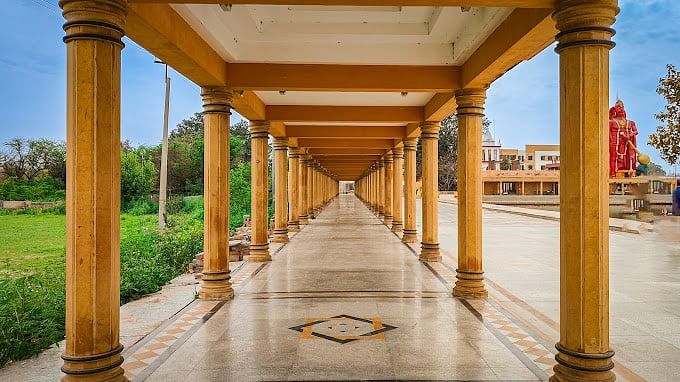
- By Air: The closest airport to Ram Tirath is Sri Guru Ram Das International Airport, situated 12 kilometres away.
- By Train: The nearest railway station to Ram Tirath is Amritsar Railway Station, located 9 kilometres away.
- By Road: The closest bus stop to Ram Tirath is Amritsar Bus Stand, positioned 13 kilometres away.
Best time to visit Ram Tirath Temple
5. Pul Kanjari
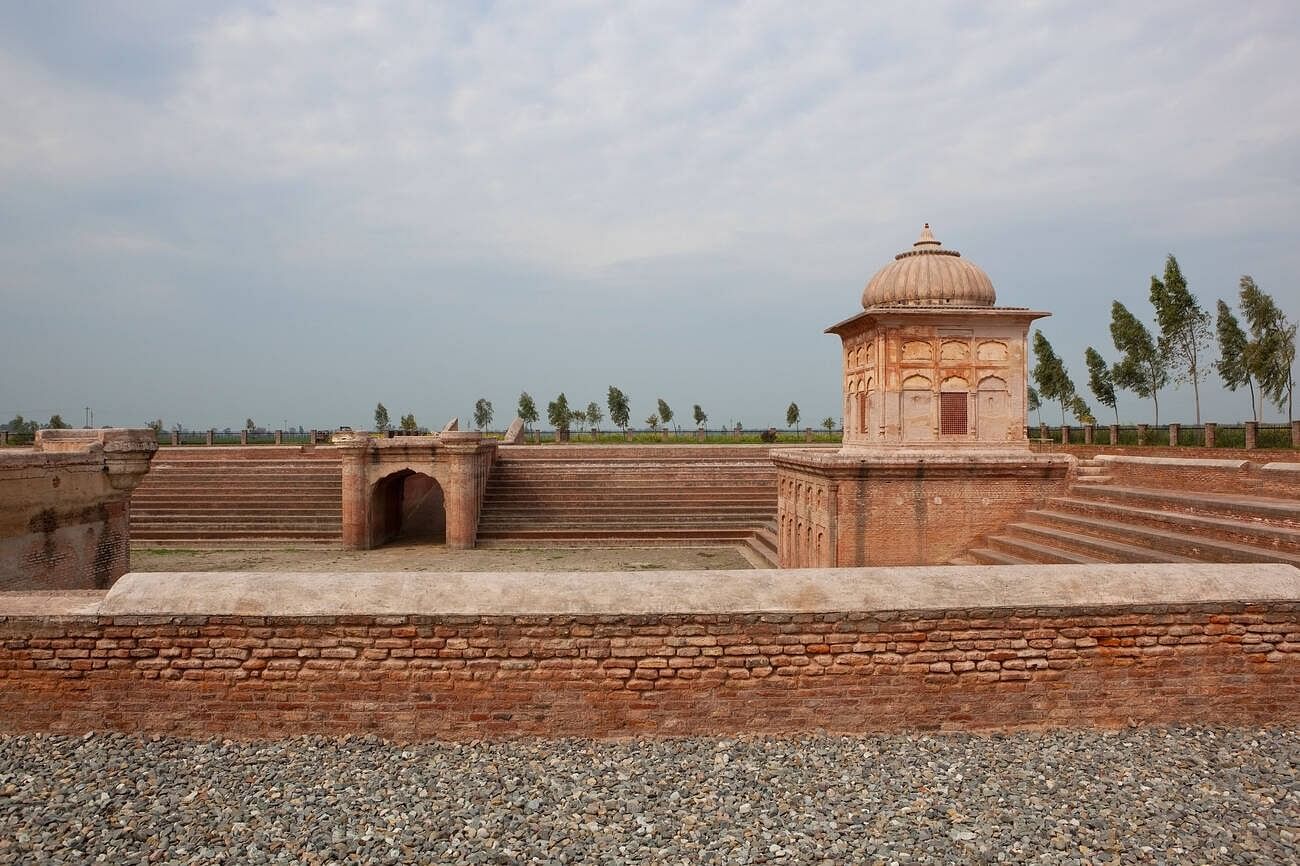
Despite the presence of a ruined fort and a baoli (a bathing pool), this heritage site boasts a temple, a Gurudwara, and a mosque, reflecting the Maharaja’s inclusive ethos. The dome inside the baoli features intricate frescoes depicting scenes from Hindu scriptures and the royal court, embellished with floral motifs.
History of Pul Kanjari
In the 18th century, Pul Kanjari was a bustling commercial hub. It derived its name from a small bridge erected over the canal connecting Amritsar and Lahore by Maharaja Ranjit Singh for his favourite dancer, Moran, who hailed from the neighbouring village of Makhanpura.
Reflecting his inclusive principles, the Maharaja erected a mosque, a gurdwara, a baoli (stepped well), and a temple at the site. The dome on the corner of the baoli houses depictions from Hindu scriptures and the royal court, adorned with intricate floral patterns. The Punjab government, along with the Government of India and the Ministry of Tourism, has undertaken efforts to restore and preserve this ancient site.
Beyond its historical significance, Pul Kanjari is renowned for its tranquil atmosphere and scenic surroundings. The verdant greenery, placid water bodies, and captivating architecture render it an ideal location for photography and strolls.
How to reach Pul Kanjari
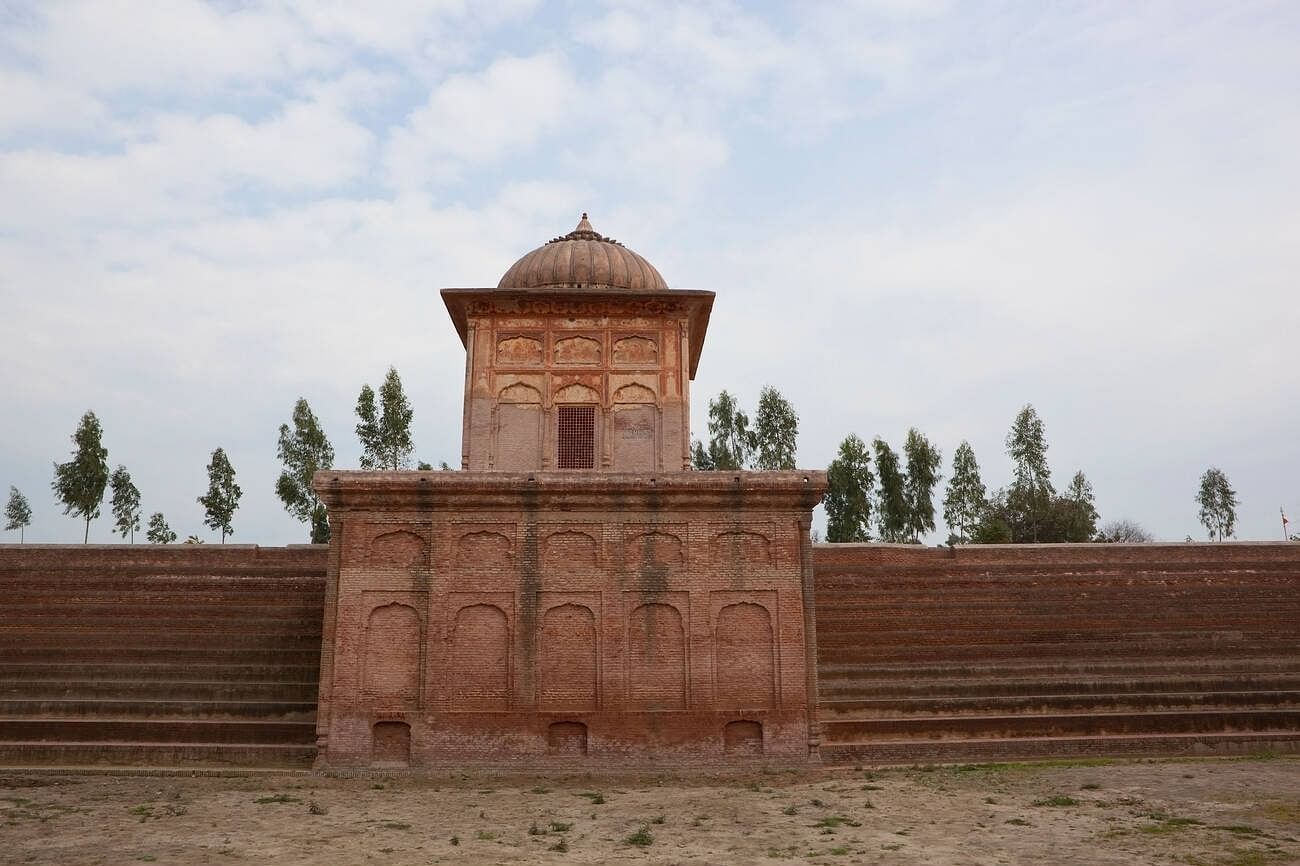
Amritsar can be accessed by air, rail, or road. The city is well-connected with regular flights from major cities across India and frequent train services from various destinations. It’s advisable to make bookings for flights or trains to avoid any last-minute hassles. Additionally, road trips from neighbouring states with picturesque landscapes offer another enjoyable option for reaching Amritsar.
Best time to visit Pul Kanjari
The Journey and the Destination
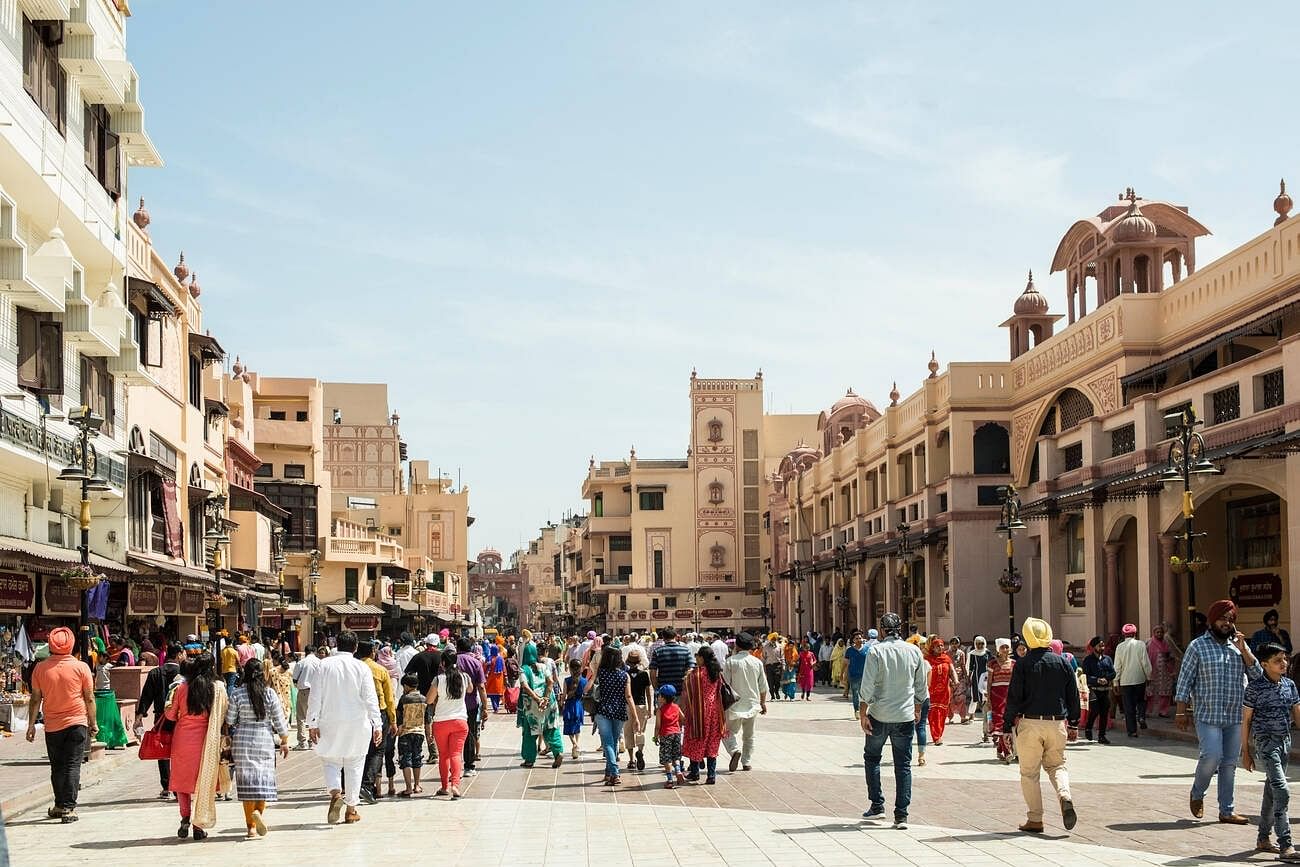
Get exclusive travel insights & updates into your inbox!
*By clicking subscribe you'll receive emails from WanderOn.

Shrutika Parab
★★★★★24 May 2024
“Thank you Team Wanderon for the amazing Ladakh Experience. Right from the point of making the bookings with Mr. Chakshu to the point of completion of the trip received amicable support.
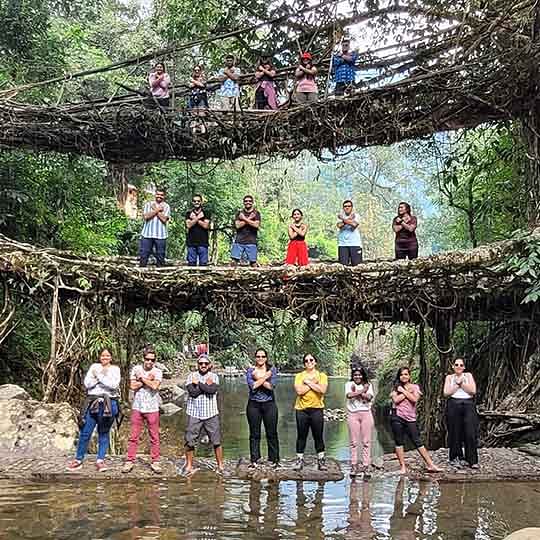
Sonal Shekhar Dash
★★★★★9 May 2024
“I did my first solo trip in India with WanderOn. Initially I was sceptical about their Meghalaya-Kaziranga trip as I didn't have any prior experience with them but the team assured me that it's going to be one of the best experiences of my life.

Archana Awati
★★★★★30 Apr 2024
“In Ladakh, find the perfect blend of culture, adventure, and serenity. December last year I decided that my next trip would be Ladakh but didn’t know how to go about it. I knew I wanted to travel in a group, as I had prior experiences of traveling in a group but wanted an organiser I could trust. Ladakh isn’t like other destinations wherein you need some instructions due to the high altitudes.
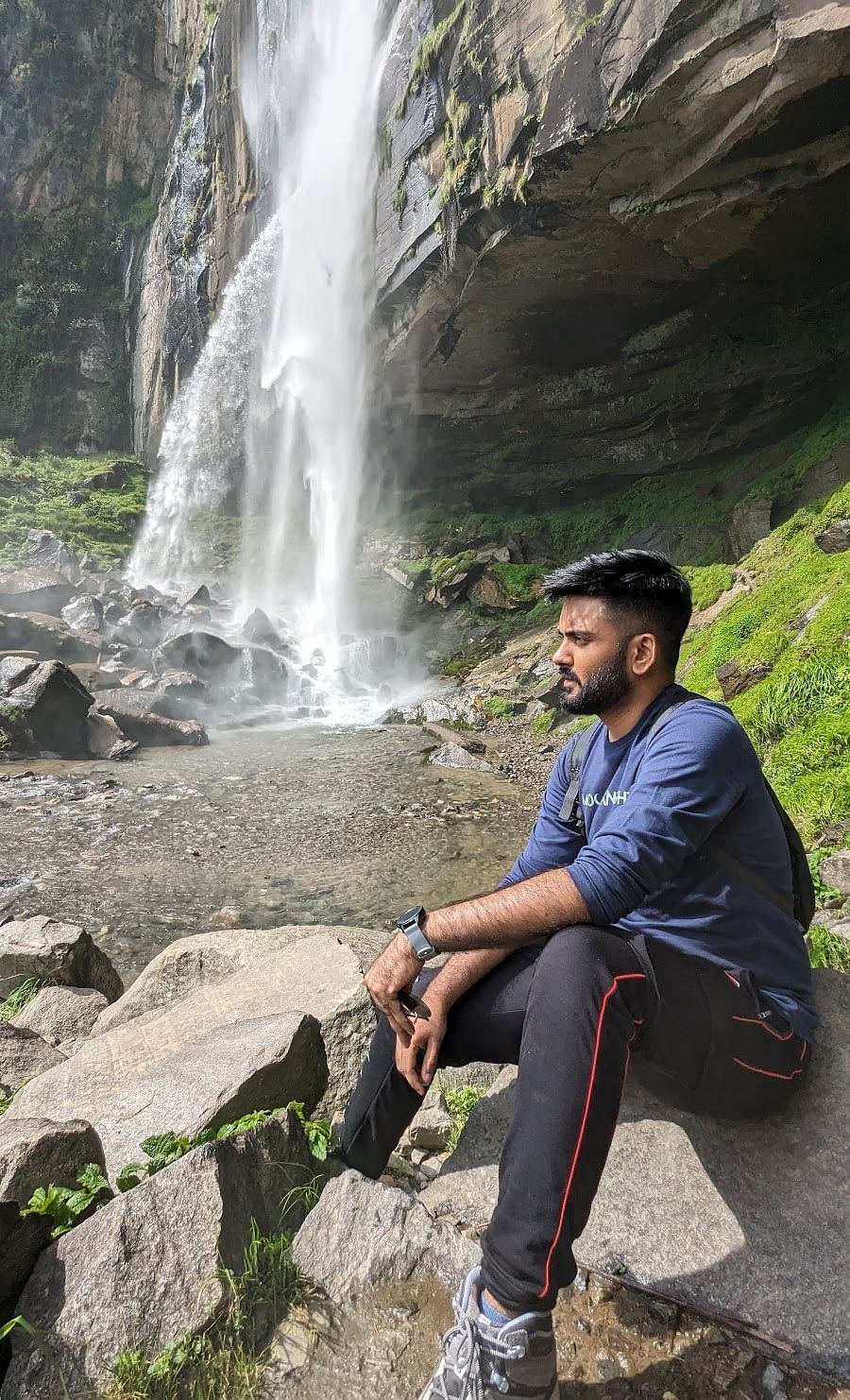
Kartik Dilawari
★★★★★4 Jul 2024
“After an amazing trip to Tirthan with WanderOn, I decided to go to Manali-Jispa with them and yet again, the experience was worth every penny. The place was very beautiful and the quality of service was top-notch, the itinerary was very good and the quality of transportation and stays were very good. Had an awesome time there and made some good friends as well. Lastly, our trip captains Priyasha and Rachit managed the entire trip very well and were so fun and made our trip an experience worth remembering.
FAQ'S
01
What are the must-visit places in Amritsar for a day trip?
The must-visit places in Amritsar for a day trip are: Wagah Border, Golden Temple, Jallianwala Bagh, Ram Tirath Temple, Pul Kanjari.
02
What is the best route to follow for a one-day tour in Amritsar?
03
Are there any guided tours available in Amritsar for a one-day visit?
04
What are the opening hours for the main attractions in Amritsar?
WanderOn Special

WANDERON EXPERIENCES PVT LTD
3rd Floor, Building No-436, Phase IV, Udyog Vihar, Sector-18, Gurugram, Haryana-122015


